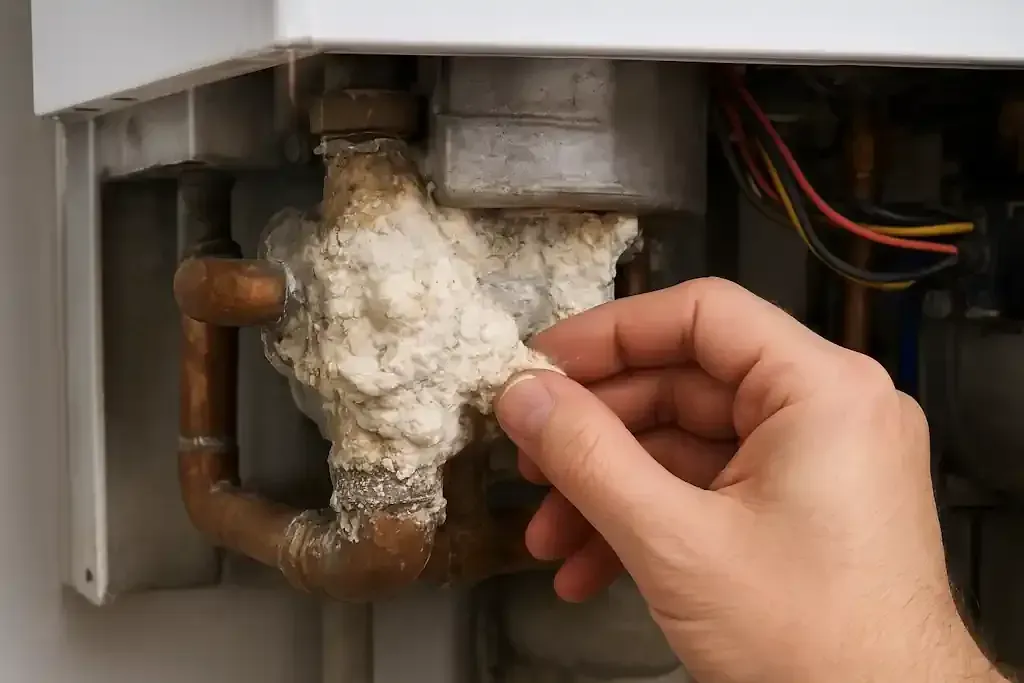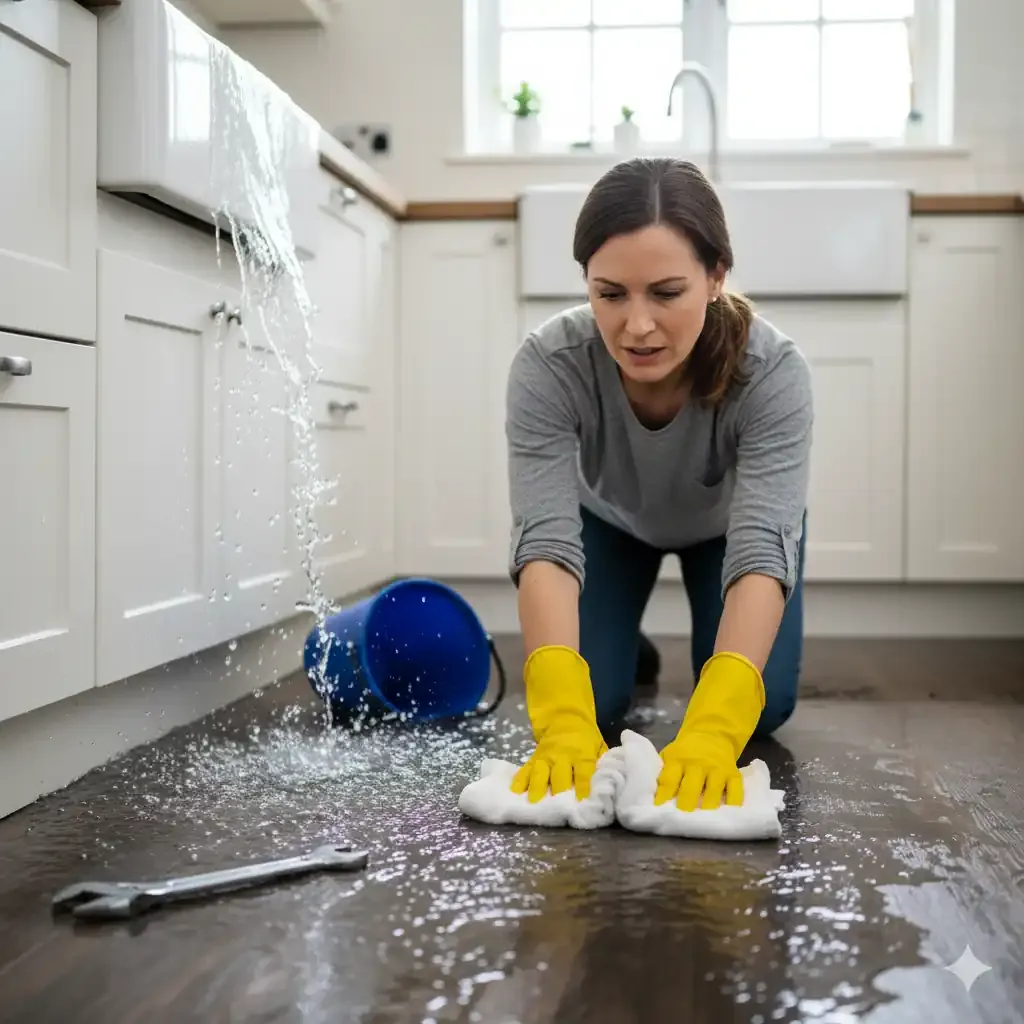5 Common Plumbing Problems in Old Homes & How to Fix Them
Picture it, you've moved into your home, you taken in by its attractive character and nostalgic value. After all, many older properties were built with unique detailing and materials deemed too expensive by modern house-building standards. For many of us, an older home (also known as a period home) that needs a little love and TLC is a dream, especially for the first-time buyers out there.
However, behind the quirkiness of these homes can hide a range of plumbing problems. While some issues might be a mild inconvenience, others are waiting to surprise us when we least expect it! As attractive as these old-school homes are, you are a homeowners need to be wise and keep potential plumbing issues that can come with old houses in mind.
To help you, we've put together the five most common plumbing problems found in older homes – and how you fix them!
Outdated fixtures and connections
Ageing fixtures, fittings and supply line connections are all factors that can cause issues in your home's plumbing works. Corrosion and the general wear and tear of the system can lead to broken knobs, leaks and eventually weak water flow that makes using water inconvenient and pricey. Though many people try to keep going as usual with failing plumbing, Murphy’s law will rear its ugly head at the worst possible time... and that's a guarantee. We can all agree that no one wants to return home from work, a weekend away with a friend or a 2 week holiday with the family to find that rusty valves have finally given up, causing a hundreds of pounds worth of damage to your plumbing system as well as your home (whether that be flooring, walls, furniture etc).
How to solve the problem
Prevention is key here. Taking measures to stop general wear and tear from causing future expensive repairs is the best course of action here, without a doubt. We recommend opting for an annual plumbing inspection from a professional plumber is always a good shout. They have the tools and training to find and repair problems that you might miss.
Old pipe materials
If your home is 30, 40, 50 years old or more, there’s a good chance it was made with outdated piping materials. The three most common forms of old-fashioned plumbing pipes are lead, galvanised steel, and polybutylene.
Lead pipework is a common one to be cautious of, as it was banned back in 1986. Lead was most often used for sewer and water main lines and is one of the oldest metals used in home piping. Lead was the ideal material for plumbing, before blast furnaces made it possible to cast iron, due to its malleable and durable nature. It was also used to join copper pipe fittings.
Although lead pipes are risky, they are far less common than galvanised steel. This type of piping commonly replaced lead until the 1960s. Recognised by the thick black layer of zinc that protects the pipe, galvanised steel was later found to be corrosive, leading to high levels of rust being found in water supply. A big NO, NO.
How to solve the problem
Pipe repairs and replacements can be a complex task, so please make sure you seek the know-how of a qualified plumbing professional. Asking for an expert's advice will save you a lot of time and money in the long run.
Pipe bellies
We all know that homes are capable of gradual movement and shifting over time, especially the older properties around - but have you ever given it much thought as to how this can affect the pipes under the house. A very common issue seen in properties over 30 years old is that the underground pipes shift downwards, creating a negative slope or what us plumbers call the “belly”. This slope restricts the water flow and makes pools of collected waste or sediments. If these pesky pipe bellies are left unattended, they can cause stoppages and/or leaks over a period of time.
How to solve this problem
It depends on the situation, but a trenchless pipe bursting repair may be the best solution. You will need the help of a professional plumber to check out how severe the pipe belly is and what the next plan of action will be.
Failing sewer lines
Built long before the modern appliances you find in many homes today like dishwashers, washing machines and even toilets – older homes are often more vulnerable to sewer line failures. They are more likely to have issues due to shifting and/or tree root damage, causing seeping sewage in the ground and foul-smelling wastewater up into your home.
How to fix the problem
The best call to action here is to reline or carry out a complete trenchless sewer line replacement. In many cases, trenchless repairs can be completed in a single day by a qualified professional.
Bad repairs
With age comes problems – and your property’s plumbing system is no exception to that! And with older properties, it’s not a case of if your home has had plumbing repairs, but who carried them out. It’s common for older homes to have had DIY jobs made by the homeowner or a local handyman rather than a professional plumber. These issues can range from a simple unsecured pipe or backwards sink trap, to much more complicated and expensive mistakes.
How to fix the problem
While you have absolutely no control over the life your home had before you, you can certainly rectify any wrongdoings by making sure everything to do with your plumbing is up to standard. It’s always wise to seek the advice of a plumbing expert when fixing or surveying pipework.
If you need expert help regarding your house plumbing or if there is a plumbing emergency please call Assett Plumbing today for help or advice on 01604 372395.



